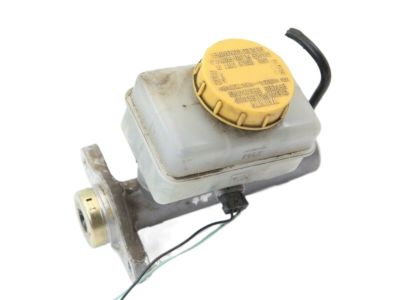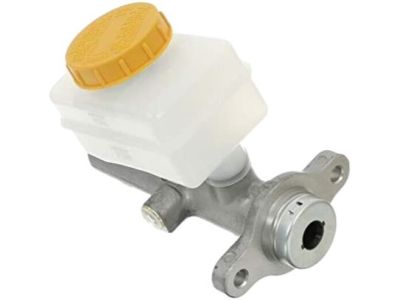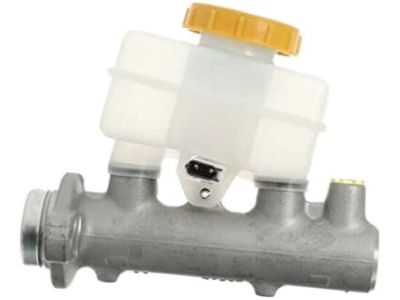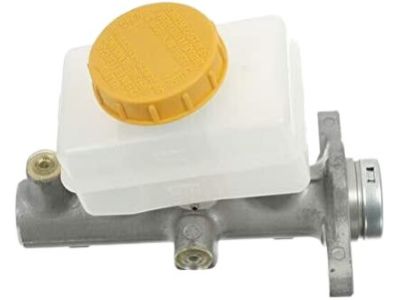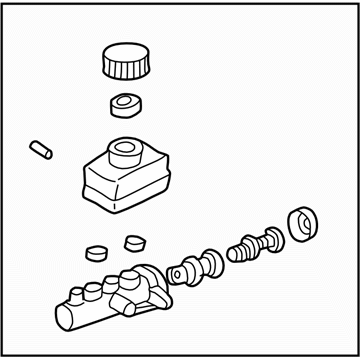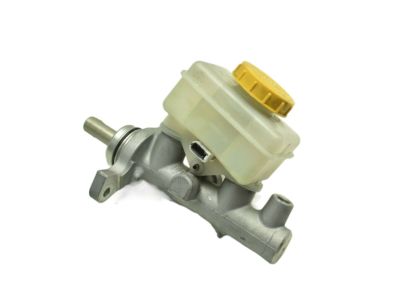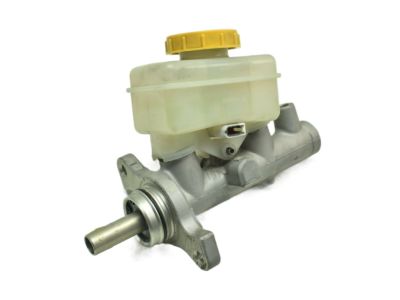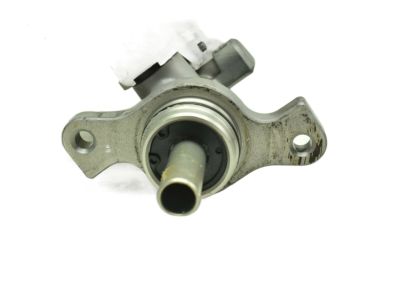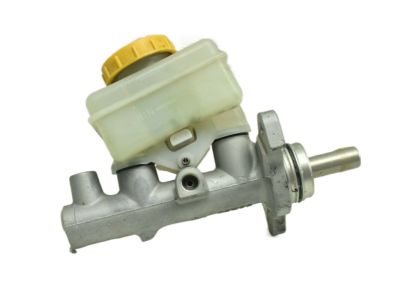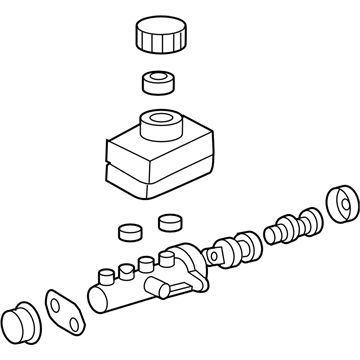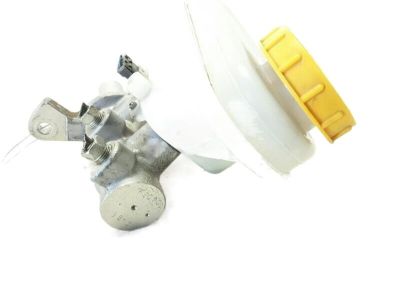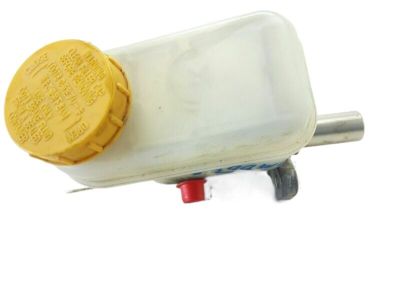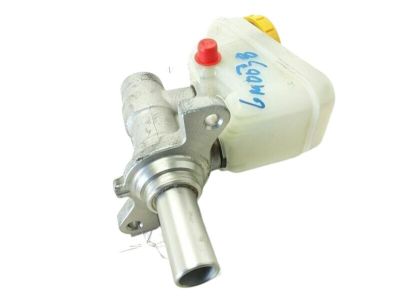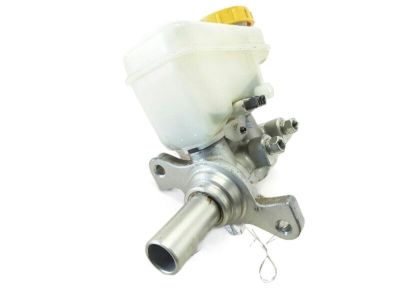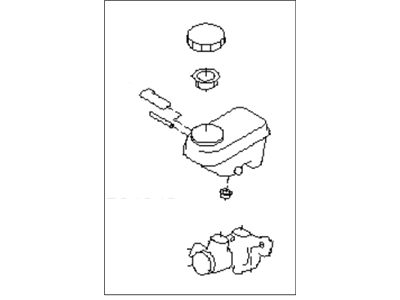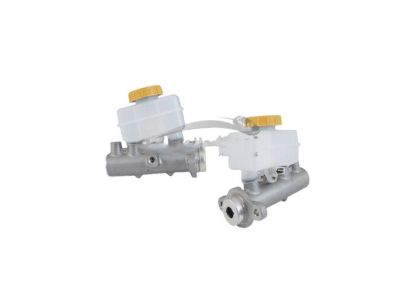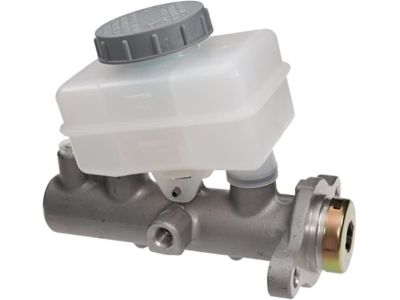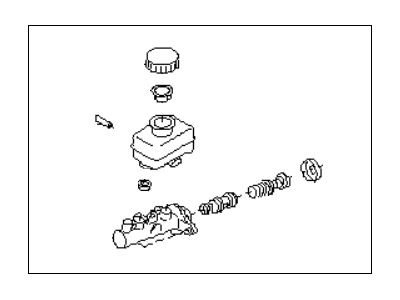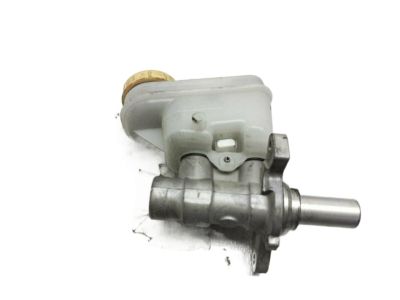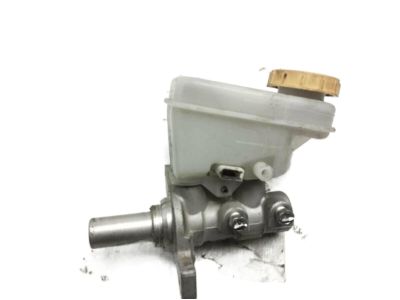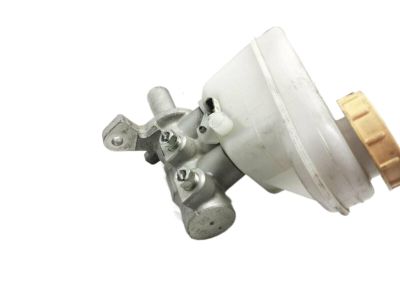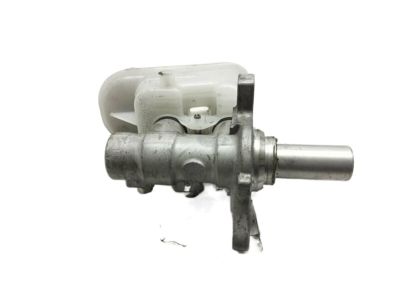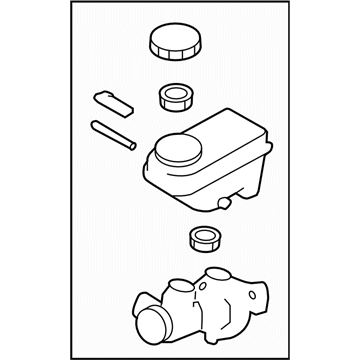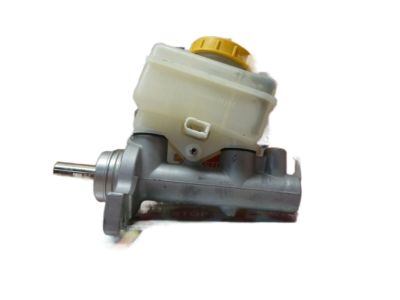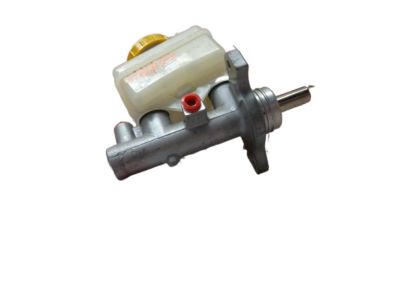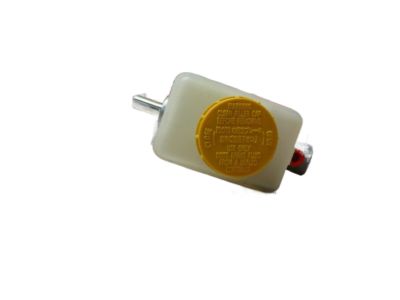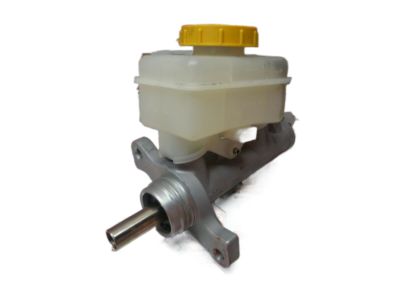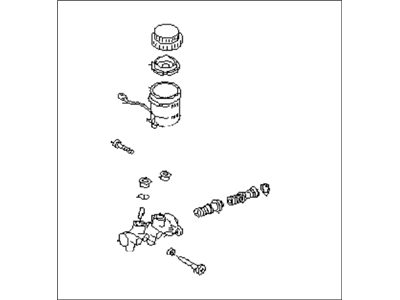×
- Hello
- Login or Register
- Quick Links
- Live Chat
- Track Order
- Parts Availability
- RMA
- Help Center
- Contact Us
- Shop for
- Subaru Parts
- Subaru Accessories


My Garage
My Account
Cart
Genuine Subaru Impreza Brake Master Cylinder
- Select Vehicle by Model
- Select Vehicle by VIN
Select Vehicle by Model
orMake
Model
Year
Select Vehicle by VIN
For the most accurate results, select vehicle by your VIN (Vehicle Identification Number).
24 Brake Master Cylinders found

Subaru Impreza Master Cylinder Assembly
Part Number: 26401FA031$314.26 MSRP: $463.52You Save: $149.26 (33%)Ships in 1-3 Business Days
Subaru Impreza Master Cylinder Assembly (VDC)
Part Number: 26401AG030$165.63 MSRP: $242.15You Save: $76.52 (32%)Ships in 1-3 Business Days
Subaru Impreza Master Cylinder Assembly
Part Number: 26401FJ070$157.27 MSRP: $229.93You Save: $72.66 (32%)Ships in 1-3 Business Days
Subaru Impreza Master Cylinder Assembly
Part Number: 26401AC190$326.57 MSRP: $481.67You Save: $155.10 (33%)Ships in 1-3 Business Days
Subaru Impreza PB001351 Master Cylinder
Part Number: 26401FJ071$157.27 MSRP: $229.93You Save: $72.66 (32%)Ships in 1-3 Business DaysSubaru Impreza Master Cylinder Assembly LH
Part Number: 26401FJ130$158.61 MSRP: $231.88You Save: $73.27 (32%)Ships in 1-3 Business DaysSubaru Impreza Master Cylinder Kit
Part Number: 26449AL03A$153.98 MSRP: $225.12You Save: $71.14 (32%)Ships in 1-3 Business DaysSubaru Impreza Master Cylinder Kit
Part Number: 26449AL02A$145.86 MSRP: $213.25You Save: $67.39 (32%)Ships in 1-3 Business DaysSubaru Impreza Master Cylinder Assembly LH
Part Number: 26401FJ120$158.61 MSRP: $231.88You Save: $73.27 (32%)Ships in 1-3 Business DaysSubaru Impreza Master Cylinder Assembly
Part Number: 26401FJ060$150.91 MSRP: $220.63You Save: $69.72 (32%)Ships in 1-3 Business DaysSubaru Impreza PB001350 Master Cylinder
Part Number: 26401FJ061$150.91 MSRP: $220.63You Save: $69.72 (32%)Ships in 1-3 Business DaysSubaru Impreza Master Cylinder Assembly
Part Number: 26401AA240$125.33 MSRP: $181.63You Save: $56.30 (31%)Ships in 1-3 Business Days
Subaru Impreza Master Cylinder Assembly (Abs)
Part Number: 26401AG010$146.41 MSRP: $214.05You Save: $67.64 (32%)
| Page 1 of 2 |Next >
1-20 of 24 Results
Subaru Impreza Brake Master Cylinder
Our website stands as the go-to online destination for OEM Subaru Impreza Brake Master Cylinder. With complete lines of genuine Subaru Impreza Brake Master Cylinder available at unbeatable market prices, we ensure top quality, reliability, and durability. Each part comes backed by the manufacturer's warranty, reinforcing your trust in our offerings.
Subaru Impreza Brake Master Cylinder Parts Questions & Experts Answers
- Q: How to Replace a Brake Master Cylinder on a Subaru Impreza?A:Place some shop rags underneath the brake master cylinder to catch any spilled brake fluid, then remove the brake fluid from the reservoir. Unplug the electrical connector from the brake fluid level indicator and place some rags or newspapers under the brake line fittings. Using a flare-nut wrench, unscrew the brake line tube nuts and allow any residual fluid to drain onto the rags. Remove the brake master cylinder-to-power brake booster mounting nuts and remove the brake master cylinder from the engine compartment. If a new brake master cylinder is being installed, the power brake booster pushrod length must be checked and adjusted. Bench bleed the new brake master cylinder before installing it, attach a pair of brake master cylinder bleeder tubes to the outlet ports of the brake master cylinder, fill the reservoir with brake fluid, slowly push the pistons into the brake master cylinder, remove the bleed tubes, one at a time and install plugs in the open ports to prevent fluid leakage and air from entering, replace the O-ring seal on the brake master cylinder, thread the brake line fittings into the brake master cylinder, fill the brake master cylinder reservoir with fluid, then bleed the brake master cylinder and the brake system, have an assistant depress the brake pedal and hold the pedal to the floor, loosen the fitting just enough to allow air and fluid to escape then tighten it lightly, repeat this procedure on both fittings until the fluid is clear of air bubbles and then tighten the fittings securely, rinse the area under the brake master cylinder with clean water, fully tighten the mounting nuts, then the brake line fittings, tighten the brake master cylinder mounting nuts, and test the operation of the brake system carefully before placing the vehicle into normal service.
Related Subaru Impreza Parts
Browse by Year
2021 Brake Master Cylinder 2020 Brake Master Cylinder 2019 Brake Master Cylinder 2018 Brake Master Cylinder 2017 Brake Master Cylinder 2016 Brake Master Cylinder 2015 Brake Master Cylinder 2014 Brake Master Cylinder 2013 Brake Master Cylinder 2012 Brake Master Cylinder 2011 Brake Master Cylinder 2010 Brake Master Cylinder 2009 Brake Master Cylinder 2008 Brake Master Cylinder 2007 Brake Master Cylinder 2006 Brake Master Cylinder 2005 Brake Master Cylinder 2004 Brake Master Cylinder 2003 Brake Master Cylinder 2002 Brake Master Cylinder 2001 Brake Master Cylinder 2000 Brake Master Cylinder 1999 Brake Master Cylinder 1998 Brake Master Cylinder 1997 Brake Master Cylinder 1996 Brake Master Cylinder 1995 Brake Master Cylinder 1994 Brake Master Cylinder 1993 Brake Master Cylinder
